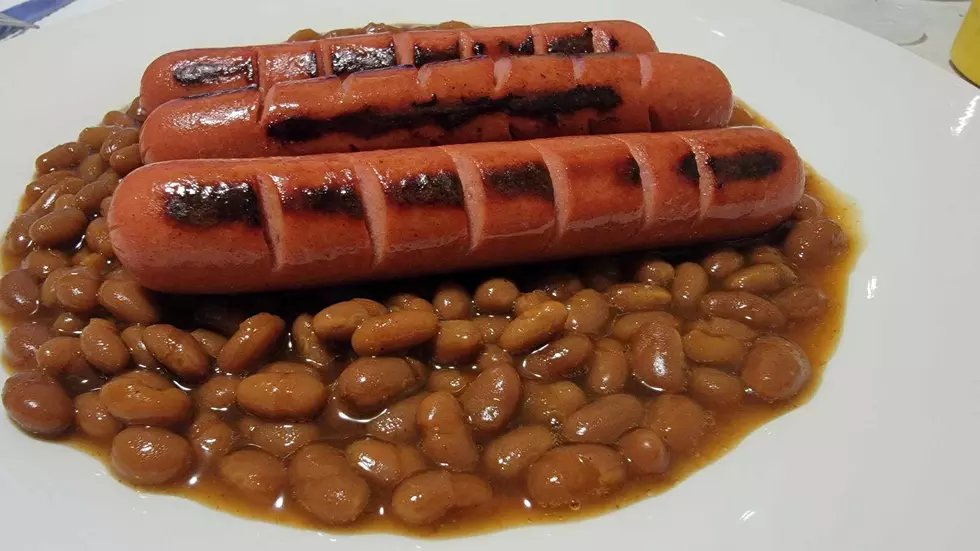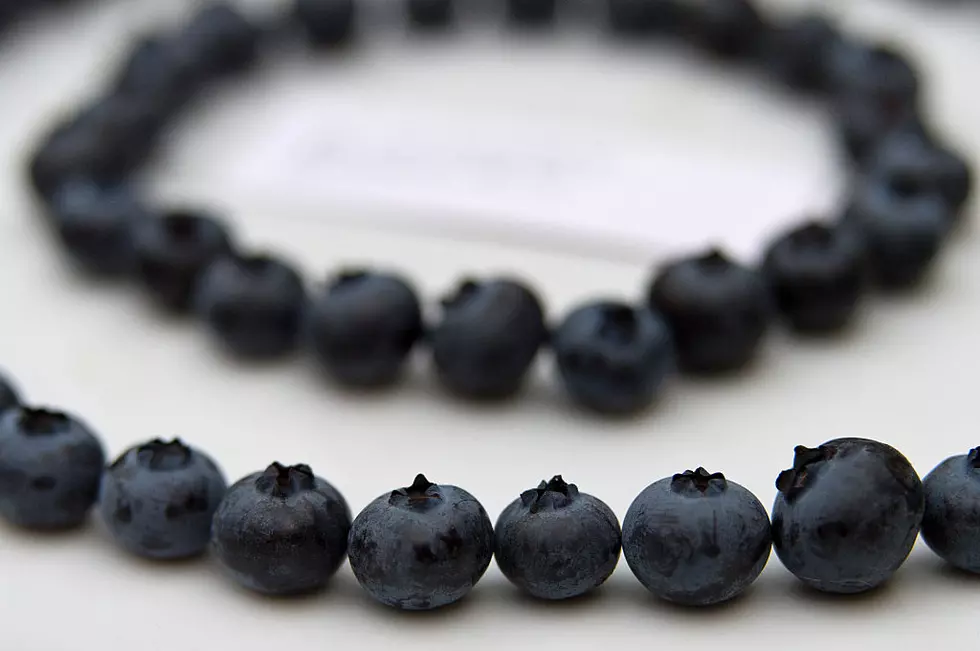
Massachusetts Families Ate Franks and Beans on Saturday Nights
If you grew up in Massachusetts – anywhere in New England, for that matter – there is a good chance your family ate franks and beans for dinner on Saturday nights. If you did, you probably had canned brown bread with it.
At a different time, when moms stayed home to tend to the kids and the housework, dads usually came home to find a big dinner on the table.
Dinner often depended upon the day of the week. In some homes, Monday, for example, might have been chicken dinner night.
Friday night dinner almost always featured fish, especially if your folks were Catholic. For many Massachusetts families, Saturday was franks and beans night.

Yankee's New England.com wrote in January 2015, "Beans are one of the founding foods of America, a staple that kept the European colonists alive long enough to get the project underway."
The English, who brought their love of sausages from the Old World, learned about beans from the Native Americans. A culinary match was made that has endured for centuries.
My mother had a bean pot and from time to time made beans from scratch, but most of the time, it was B&M baked beans with that disgusting chunk of pork fat and a can of B&M brown bread – and there were hot dogs.
We were poor when I was a kid, so my father would slice the hot dogs in half length-wise and we ate it on a slice of bread. Hot dog rolls cost money.
CantonRep.com says canned beans and franks date back to 1861 when "Gilbert Van Camp and his wife Hester, open a little grocery store in Indianapolis and sold their home-canned foods."
The exact concept of combining franks and baked beans is unknown. The dish may have become a Saturday night dinner staple for many families in New England and elsewhere as recently as World War II, but perhaps much earlier.
B&M, which boasts the "original" canned brown bread, says its product consists of whole wheat flour, water, molasses, dextrose, whole grain rye flour, whey, de-germinated yellow corn meal, baking soda, buttermilk, salt and corn oil.
Each two-ounce serving is about 130 calories.
LOOK: Food history from the year you were born
Gallery Credit: Joni Sweet
See How School Cafeteria Meals Have Changed Over the Past 100 Years
Gallery Credit: Madison Troyer
More From WBSM-AM/AM 1420









